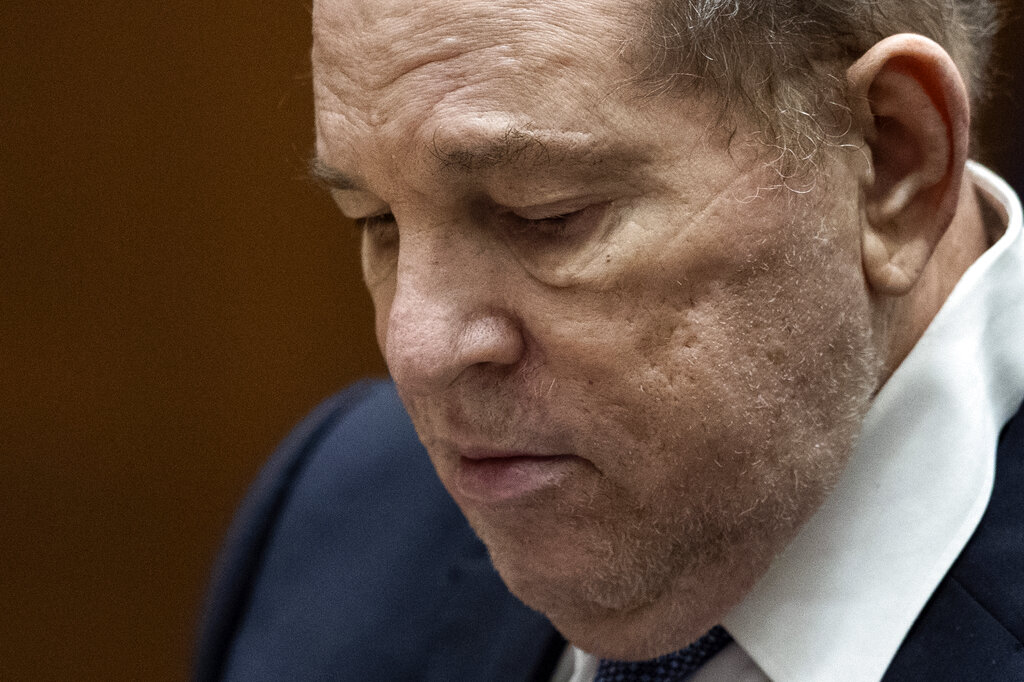Fed Minutes Point to Earlier Hikes and Faster Balance-Sheet Rundown to Thwart Bidenflation

Federal Reserve officials at their December meeting discussed speeding up the timetable for raising interest rate hikes this year to thwart unexpectedly strong inflation, according to minutes of the meeting released Wednesday.
Officials saw the economy had strengthened more than they had expected despite still high levels of pandemic infections and expressed the view that the labor market was nearing full recovery.
Fed officials also expressed concerns that surging inflation was spreading into more areas of the economy and would last longer than they previously expected.
“Participants generally noted that, given their individual outlooks for the economy, the labor market, and inflation, it may become warranted to increase the federal funds rate sooner or at a faster pace than participants had earlier anticipated,” the minutes of Fed’s monetary policy-setting Federal Open Market Committee said.
At the conclusion of the meeting, Fed officials announced that they would double the pace of the winddown of the Fed’s bond-buying program. Projections from Fed officials, released at the end of the December 14-15 meeting, showed officials expected three rate hikes this year.
Perhaps the most surprising element of the minutes is the discussion of starting to shrink the Fed’s balance sheet much earlier than many had anticipated. The minutes report that some officials said that it would be appropriate to begin to shrink the Fed’s balance sheet “relatively soon” after the first rate hike.
The Fed launched a new expansion of its balance sheet when the pandemic hit, purchasing $80 billion of Treasuries and $40 billion of mortgage bonds every month. In September, the Fed announced it would slow down–or “taper” in Fed-watcher lingo–purchases by $10 billion for Treasuries and $5 billion for mortgage bonds each month. In December, it announced that it would double the pace of the taper to $30 billion.
Even when the taper is complete sometime next year, and the Fed’s balance sheet expansion ceases, the Fed will keep buying bonds to replace those that mature. The last time the Fed tapered its purchases, it took years until it began to actually shrink the balance sheet by not replacing bonds that “rolled off.” The minutes from the December meeting suggest that the Fed could begin this process of shrinking the balance sheet–what some refer to as “quantitative tightening”–as early as this year.
The minutes reflect a reversal for many Fed officials. Until the second half of last year, many were focused on the labor market and believed it would take far more assistance to bring it back to full employment. At the same time, they maintained that inflation would fade as supply chain problems were worked out. Instead, the labor market recovered swiftly and inflation grew more severe and widespread.
Even Fed officials who have long been focused on keeping rates low to combat unemployment — such as San Francisco Federal Reserve Bank President Mary Daly and Minneapolis Fed President Neel Kashkari — now cite concerns about high inflation as a reason for raising interest rates this year.
A similar rethinking is underway on Capitol Hill, where Democrat Joe Manchin and possibly other Democrats have turned against the enormous spending bills pushed by Democrat congressional leadership and the Biden administration on the grounds that the economy no longer needs fiscal stimulus and inflation is now a much bigger problem than anticipated.
–The Associated Press contributed to this report.
" Conservative News Daily does not always share or support the views and opinions expressed here; they are just those of the writer."





